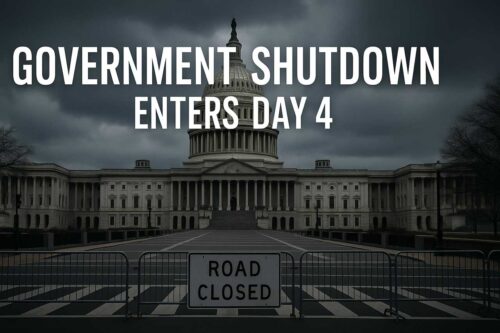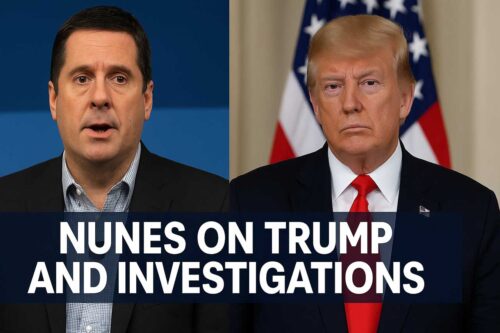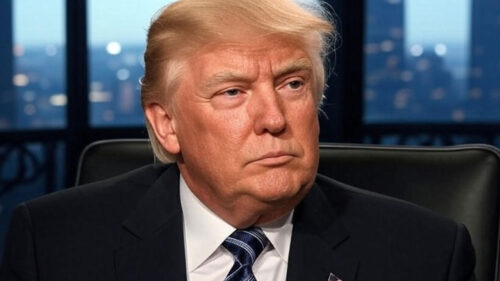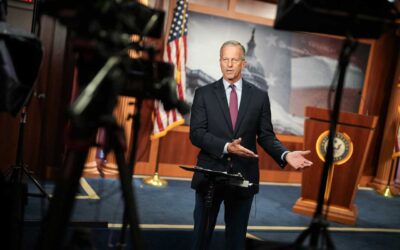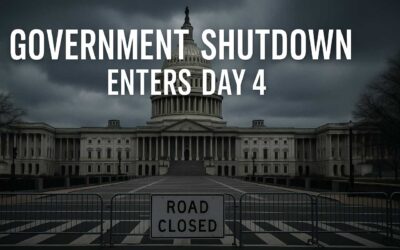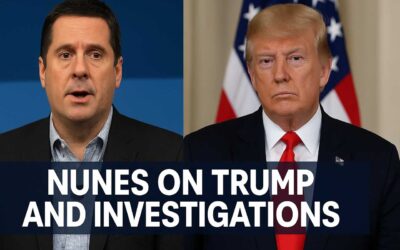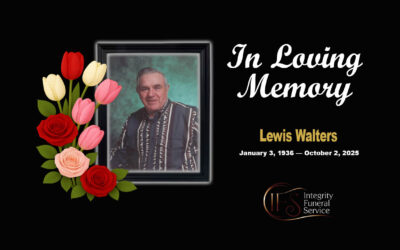President Trump’s Unprecedented Push for Peace in Ukraine (Aug 18)
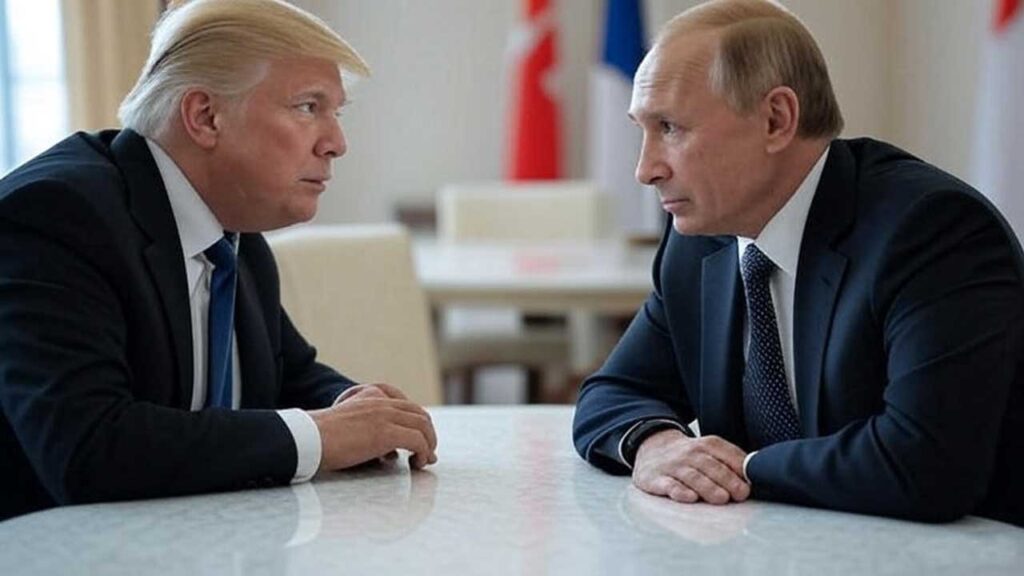
President Trump's Unprecedented Push for Peace in Ukraine
Washington DC – In a remarkable turn of events, President Donald Trump has achieved what many considered impossible: bringing world leaders together to discuss a potential end to the Russia-Ukraine conflict. Over the weekend, Trump orchestrated a historic White House meeting, hosting Ukrainian President Volodymyr Zelensky alongside major NATO leaders, marking a significant step toward peace negotiations.
A Bold Move in Diplomacy
Just days ago, on Friday, President Trump met with Russian President Vladimir Putin in Alaska—the first time Putin had set foot on U.S. soil in a decade. Within 48 hours, Trump leveraged his influence to convene an unprecedented gathering of European leaders in Washington, D.C. This rapid diplomacy, described as moving at “the speed of Trump,” has shifted the global conversation about the war in Ukraine.
European leaders, including the heads of NATO and the EU, praised Trump’s commitment to peace. One leader noted, “You broke the deadlock with President Putin by starting that dialogue.” For the first time in over three years, there is tangible progress toward ending the conflict, with leaders crediting Trump’s bold approach for this breakthrough.
Overcoming Skepticism
Critics, including some U.S. lawmakers and media outlets, initially dismissed Trump’s efforts, labeling his negotiations with Putin as an embarrassment. However, the White House summit has silenced many detractors. Leaders who once doubted the feasibility of Trump’s strategy now acknowledge the significance of having both sides at the negotiating table.
Trump’s approach involved four key measures:
-
Arming NATO and Ukraine: Selling sophisticated U.S. weapons to NATO allies and Ukraine to strengthen their position.
-
Economic Leverage: Signing a trade agreement with the European Union, securing nearly a trillion dollars in American energy purchases, reducing Europe’s reliance on Russian oil and gas.
-
Strengthening NATO: Convincing NATO members to increase their military spending to 5% of GDP, bolstering collective defense.
-
Targeted Tariffs: Imposing a 50% tariff on India for purchasing Russian oil, with threats of further economic consequences for countries supporting Russia’s war efforts.
These steps have pressured Russia to engage in dialogue, creating an opportunity for peace that was absent under previous administrations.
Challenges Ahead
While the prospect of peace is promising, significant hurdles remain. Territorial disputes, particularly over the Donetsk region, are a sticking point in negotiations. Both sides will need to make concessions, as unconditional surrender is unlikely. President Trump has emphasized that the final decisions on territorial boundaries will rest with Putin and Zelensky, with the U.S. facilitating discussions.
Secretary of State Marco Rubio, who was present at the White House meeting, underscored the historic nature of the talks. “After three years of deadlock, this is the first time we’re seeing movement,” Rubio said. He noted that efforts are underway to arrange a meeting between Putin and Zelensky, potentially followed by a trilateral discussion with Trump to finalize a deal.
A Commitment to Ending the Violence
President Trump’s actions reflect a deep commitment to halting the violence in Ukraine. “We want to stop the killing,” Trump stated, emphasizing the shared goal of all parties involved. His administration is also exploring security guarantees for Ukraine, including potential alliances similar to those with South Korea and Japan, to ensure the country’s safety post-conflict.
The shift in approach is notable. Unlike the previous administration, which focused on open-ended funding for Ukraine, Trump’s strategy involves selling weapons through NATO, with European nations covering the costs. Additionally, a minerals deal provides further economic security for Ukraine.
A Polarizing Yet Effective Leader
Despite fierce opposition from critics, Trump’s approval ratings are surging, with polls indicating strong support following the Alaska summit. His willingness to take risks and expend political capital has positioned him as the only leader capable of bringing both Putin and Zelensky to the table. As Rubio noted, “President Trump is the only one in the world who can talk to both sides and make this happen.”
While a peace deal is not guaranteed, the progress made in just a few days is undeniable. Trump’s unconventional approach—combining economic pressure, military support, and direct diplomacy—has created a rare opportunity to end a devastating war. For now, the world watches as negotiations continue, with hope that a lasting peace is within reach.


